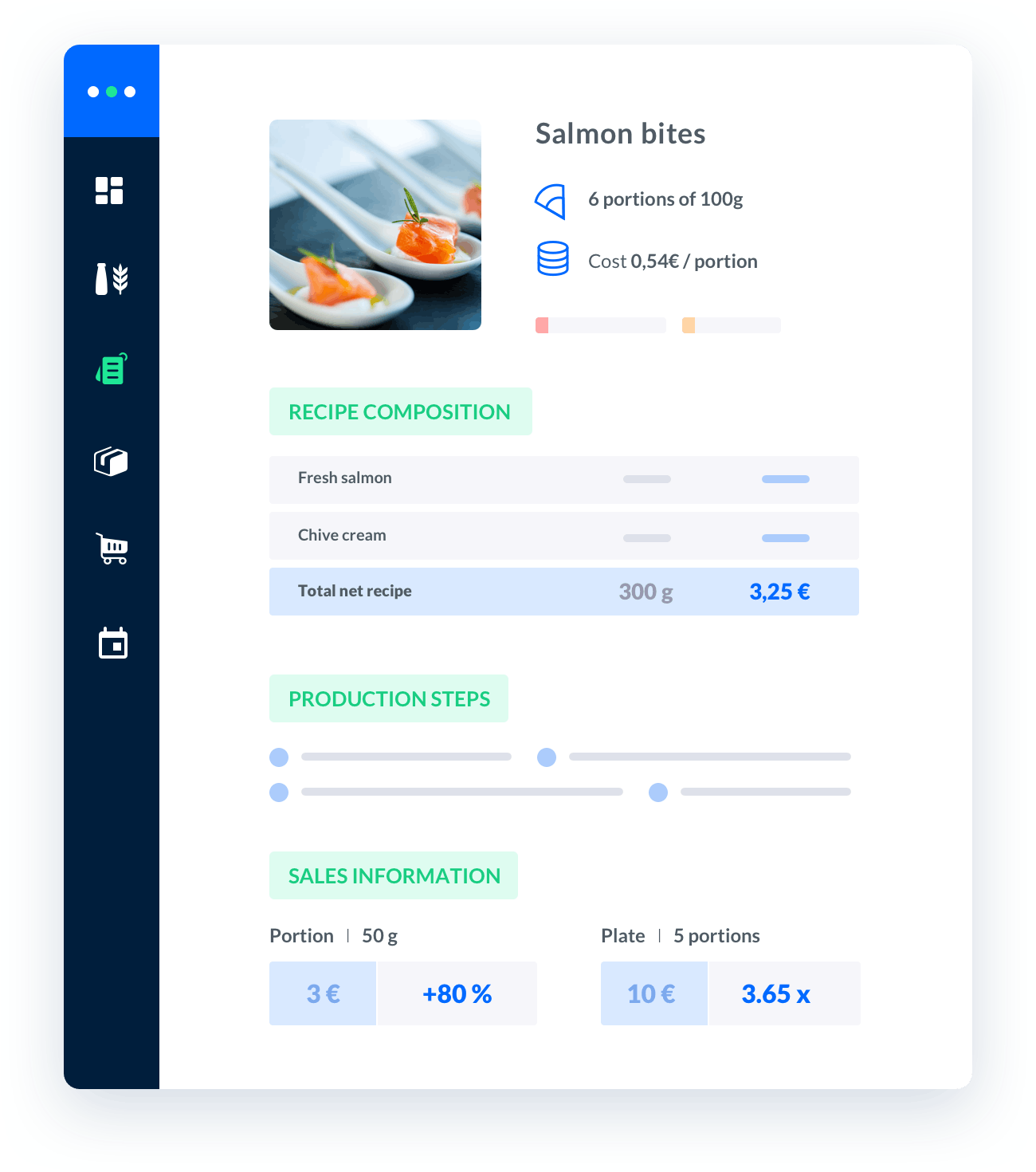food delivery charge calculator
When it comes to food delivery, one of the crucial factors that customers consider is the delivery charges.Understanding how these charges are calculated can help both customers and businesses make informed decisions.

Melba: the food cost app to optimize the profitability of your restaurant
Discover how to optimize the profitability of your restaurant with melba

The ultimate guide to food cost restaurant
Learn more about the food cost basis and how to reduce your food cost percentage
When it comes to food delivery, one of the crucial factors that customers consider is the delivery charges. Understanding how these charges are calculated can help both customers and businesses make informed decisions. In this comprehensive guide, we will delve into the various aspects of food delivery charge calculation, providing real and practical insights.
Factors Affecting Food Delivery Charges
Several factors come into play when determining food delivery charges. These factors vary from one establishment to another, but some common elements include:
- Distance: The distance between the restaurant and the customer's location is a significant factor in determining the delivery charge. Longer distances often result in higher charges to cover additional fuel and time.
- Order Value: Some restaurants may offer free delivery for orders that exceed a certain value. This encourages customers to place larger orders, making it economically viable for the restaurant to waive the delivery charge.
- Delivery Time: In instances where customers require deliveries during peak hours or rush periods, restaurants may impose additional charges to compensate for the increased demand on their delivery resources.
- Order Size: Large orders may incur higher delivery charges due to the additional packaging and handling required to ensure the food arrives in optimal condition.
- Delivery Provider: If a restaurant collaborates with third-party delivery services, such as food delivery apps, the charges may incorporate fees imposed by those providers.
Distance-based Calculation
Restaurants often adopt a distance-based approach to calculate delivery charges. This method involves dividing the delivery areas into zones or regions, each with its own predetermined fee. The charge increases as the customer's location falls into a higher zone. This system ensures a fair and transparent calculation that considers the actual distance covered.
Order Value-based Calculation
Some establishments determine delivery charges based on the total value of the customer's order. For example, they may offer free delivery for orders above a certain threshold, such as $30 or $50. This approach incentivizes customers to order more, increasing the restaurant's revenue while still providing a valuable service.
Delivery Time-based Calculation
In peak hours or during rush periods, restaurants may adopt a delivery time-based calculation. This means that the delivery charge may vary depending on the time of the day or the day of the week. Charging higher fees during these periods helps restaurants manage their resources efficiently and meet the increased demand.
Calculating Food Delivery Charges: Examples
Example 1: Distance-based Calculation
Let's consider a restaurant that operates in a city divided into three zones for delivery purposes. Zone 1 represents the closest proximity to the restaurant, Zone 2 covers a medium distance, and Zone 3 includes the farthest locations. The delivery charges for each zone are as follows:
- Zone 1: $5
- Zone 2: $7
- Zone 3: $10
If a customer's location falls within Zone 2, the delivery charge will be $7. However, if the customer resides in Zone 3, the charge will increase to $10. This system ensures that customers closer to the restaurant benefit from lower charges while those farther away contribute to covering the additional costs involved.
Example 2: Order Value-based Calculation
Consider a restaurant that offers free delivery for orders above $50. In this scenario, if a customer places an order worth $60, they would be eligible for free delivery. However, if the order total amounts to $40, the restaurant may impose a delivery charge of $5. This approach encourages customers to spend more to avail the free delivery service.
Example 3: Delivery Time-based Calculation
During busy hours, such as lunchtime or weekends, a restaurant may implement a time-based delivery charge. Let's say the standard delivery charge is $5. However, during peak hours, an additional charge of $2 is applied. This ensures that the restaurant can manage the increased demand during those specific time periods.
It is important to note that the examples provided are for illustrative purposes only. Each restaurant has its own unique approach to calculating delivery charges, and these examples should not be considered as universal standards.
Transparent Pricing and Communication
Transparently communicating delivery charges to customers is vital for building trust and maintaining a positive customer experience. Restaurants should clearly display their delivery charges on their website, menu, or ordering platforms. Providing this information upfront allows customers to make informed decisions and reduces the likelihood of any surprises or misunderstandings.
Furthermore, it is essential for restaurants to regularly review and adjust their delivery charges as needed. Factors such as fuel prices, delivery provider fees, and operational costs may fluctuate over time, necessitating periodic revisions to ensure a fair and sustainable pricing structure.
Incorporating Delivery Charges into Business Strategy
Food delivery charges play a significant role in the overall business strategy of restaurants. By carefully considering the various factors discussed above and tailoring their approach accordingly, establishments can achieve a balance between customer satisfaction and profitability.
Here are a few key points to consider when incorporating delivery charges into your business strategy:
- Competitor Analysis: Conduct thorough research on your competitors' delivery charges to ensure your pricing remains competitive within the market.
- Customer Surveys: Regularly gather feedback from your customers regarding their expectations and satisfaction levels with your current delivery charges.
- Delivery Optimization: Continuously evaluate and optimize your delivery routes and processes to minimize costs and enhance efficiency.
- Promotions and Special Offers: Explore the possibility of running periodic promotions or offering discounted delivery charges to attract new customers and incentivize repeat orders.
- Customer Loyalty Programs: Consider implementing loyalty programs that provide benefits such as free or discounted delivery charges for regular customers.
By incorporating these strategies and staying attuned to customer preferences, restaurants can effectively utilize delivery charges to drive customer loyalty, increase revenue, and ensure the long-term success of their business.
Remember, understanding the various factors involved in food delivery charge calculation and implementing a well-thought-out strategy can contribute to a positive customer experience and a thriving restaurant business.






